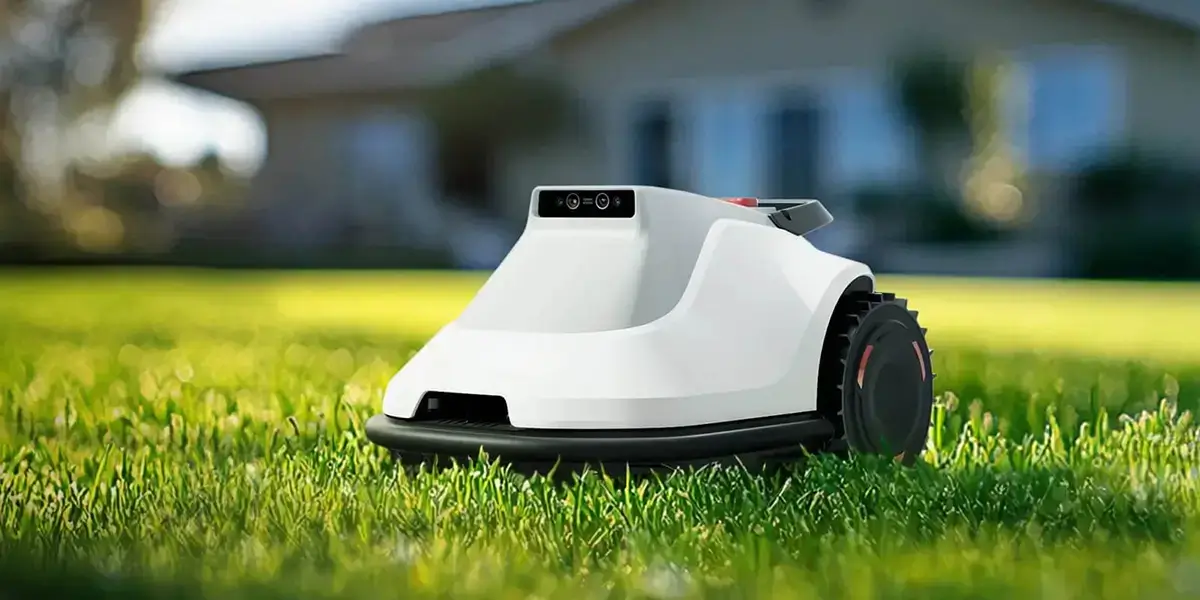Switching from monolithic to microservices isn’t just a tech upgrade; it’s like trading a giant jigsaw puzzle for a set of Lego blocks—each piece can be built, replaced, or upgraded independently. That rapid flexibility? It’s a game-changer. Imagine a retail platform that once struggled to handle traffic surges during holiday sales. Now, with microservices in play, it’s like unleashing a swarm of tiny engines that work together without choking on one another. The system scales smoothly, updates fly out faster. It’s no longer a nightmare to roll out new features or fix bugs without breaking the whole thing apart.

People often ask, “Why bother?” Well, think about monolithic systems—tight, interconnected, and often inflexible. Making one change could ripple through everything, causing loops of testing and downtime. Microservices chop this problem into manageable bits, each service doing its own thing but aligning seamlessly. No more waiting weeks to push a feature—just deploy a new microservice or update an existing one without disturbing the entire ecosystem.
But hold on, isn’t breaking into microservices a massive overhaul? Sure, it’s not a walk in the park. It demands meticulous planning, smart API design, and robust communication channels. It’s like renovating a house—ditch the old wiring, install new circuits, but keep the foundation strong. The payoff’s worth it. More agility, better resilience, and a system that adapts faster than ever. Plus, teams that once fought over code are now collaborating as each microservice becomes its own little project with clear boundaries.
And why does this matter in the real world? Let’s say a fintech app needs to add a new payment method or enhance security features rapidly. In a monolith, patching takes ages, risking downtime. With microservices, it’s like flipping a switch—plug in the new feature without bothering the rest of the system. That’s how you stay ahead, continuously innovate without the chaos.
If you ever wondered whether this move makes sense, consider how Spotify decomposed its monolithic backend into hundreds of microservices. Now, new features roll out in days, not months. Their growth skyrocketed because responsiveness and flexibility became baked into their DNA. That’s not just tech talk—it’s plain competitive edge.
In the end, switching gears from monolith to microservices isn’t just about tech efficiency. It’s a mindset shift—embracing change, fostering innovation, and building systems that don’t just keep up but lead. The future belongs to those who can pivot fast—exactly what this architecture offers. It’s not just a technical upgrade; it’s a whole new way to think about building, scaling, and thriving in the digital age.
Established in 2005, Kpower has been dedicated to a professional compact motion unit manufacturer, headquartered in Dongguan, Guangdong Province, China. Leveraging innovations in modular drive technology, Kpower integrates high-performance motors, precision reducers, and multi-protocol control systems to provide efficient and customized smart drive system solutions. Kpower has delivered professional drive system solutions to over 500 enterprise clients globally with products covering various fields such as Smart Home Systems, Automatic Electronics, Robotics, Precision Agriculture, Drones, and Industrial Automation.




































